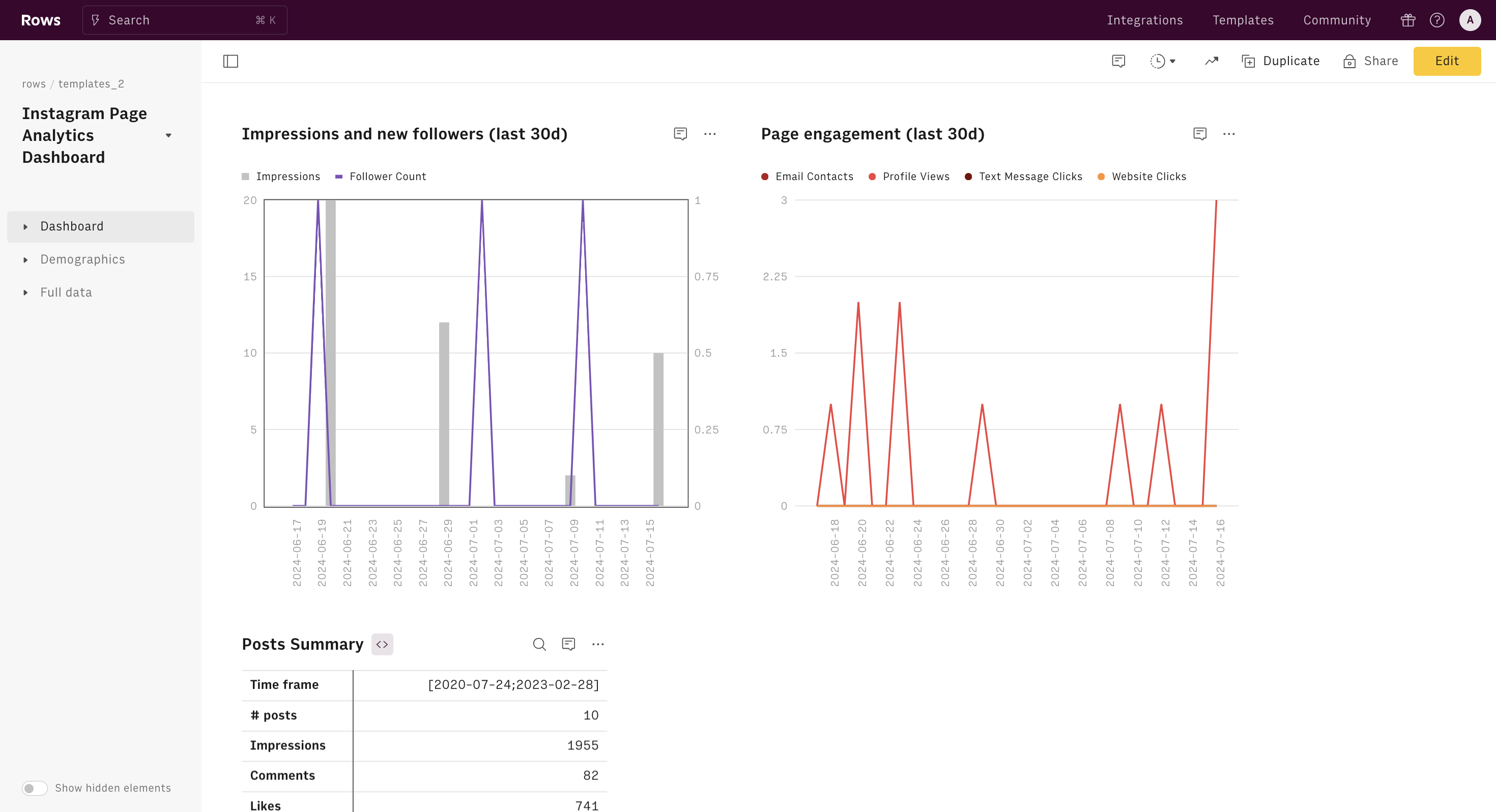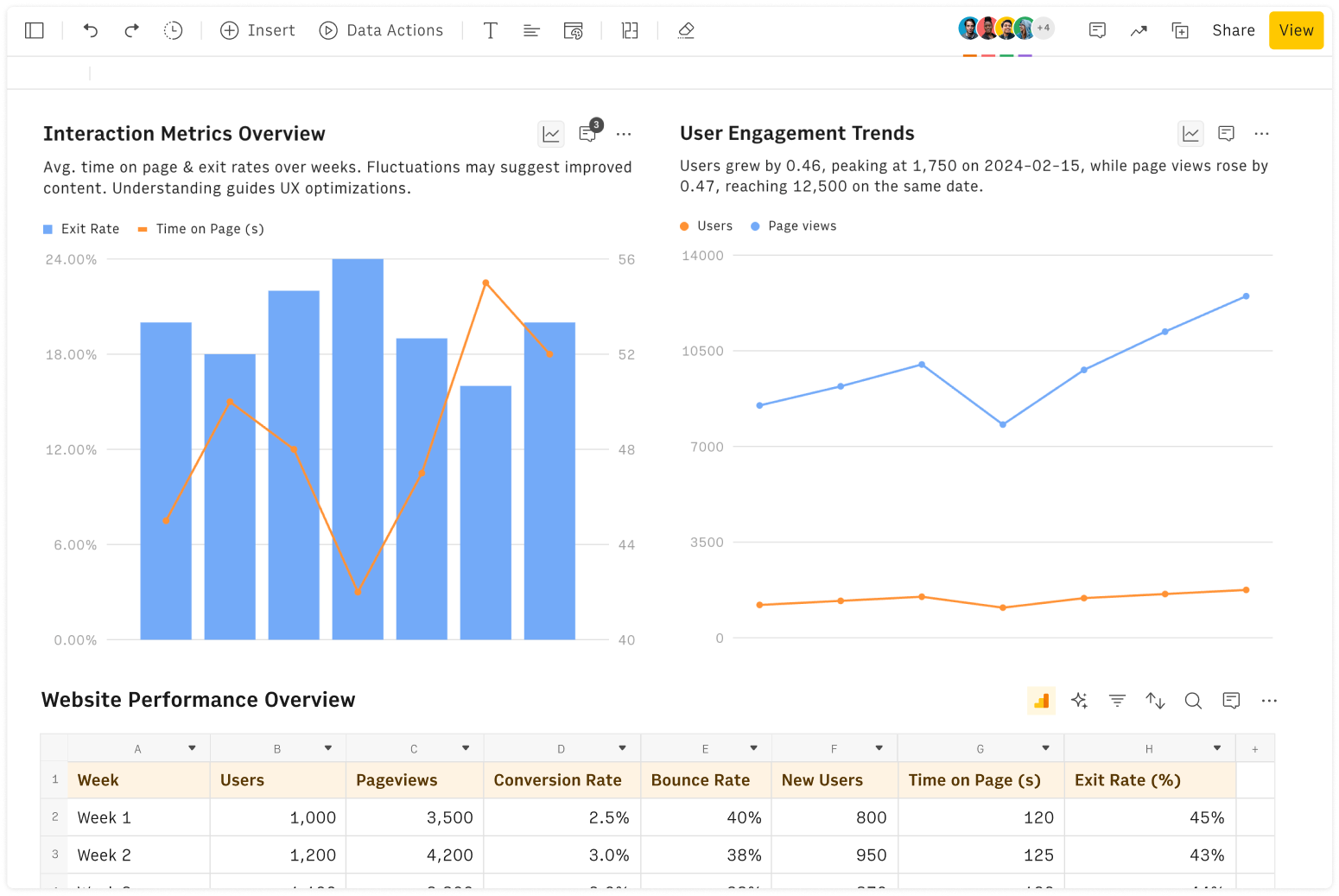What is a Conversion Rate Calculator
A Conversion Rate Calculator is a valuable tool used by digital marketers, website owners, and e-commerce businesses to assess the effectiveness of their marketing campaigns and online activities.
In simple terms, it measures the percentage of users who take a desired action on a webpage or an ad, such as making a purchase, signing up for a newsletter, or filling out a form.
This tool helps businesses optimize their marketing efforts, identify areas for improvement, and ultimately, increase sales and revenue.
How to Calculate Conversion Rate
The Conversion Rate Calculator comprises two primary components: the total number of conversions and the total number of clicks.
Conversions refer to the completed actions that users take on a website, such as buying a product or registering for a service.
Clicks, on the other hand, represent the number of times users interact with a call-to-action button, link, or advertisement that leads to the page where the desired action is expected to be completed.
The output of the Conversion Rate Calculator is the conversion rate, expressed as a percentage. The conversion rate is calculated by dividing the total number of conversions by the total number of clicks and multiplying the result by 100. A higher conversion rate indicates a more successful marketing campaign or website, as it demonstrates that a higher proportion of visitors are completing the desired action.
For example, let's assume that an online clothing store runs an advertising campaign to promote a new collection. During the campaign period, the store receives 10,000 clicks on the advertisement, resulting in 200 purchases. To calculate the conversion rate, we divide the total number of conversions (200) by the total number of clicks (10,000) and multiply the result by 100:
Conversion Rate (%) = (Total Conversions / Total Clicks) x 100
Conversion Rate (%) = (200 / 10,000) x 100 = 2%
In this example, the conversion rate of the advertising campaign is 2%. This means that 2% of users who clicked on the advertisement completed a purchase. The store can use this information to evaluate the success of the campaign and make data-driven decisions about future marketing strategies.
Types of Conversion Rates
Conversion rates can vary widely depending on the context and objectives of a particular marketing campaign or business goal. Here are some common contexts in which you can calculate conversion rates:
1. E-commerce Conversion Rate
In an e-commerce setting, the conversion rate typically refers to the percentage of visitors who make a purchase. This metric helps online retailers gauge the effectiveness of their sales funnel, product pages, and overall user experience. For example, if a website receives 5,000 visitors and 250 of them make a purchase, the e-commerce conversion rate is 5%.
2. Lead Generation Conversion Rate
For businesses focused on generating leads, the conversion rate measures the percentage of visitors who provide their contact information, such as through a form submission. This type of conversion is vital for companies in sectors like real estate, consulting, or any service-based industry where capturing leads is essential for growth.
3. Email Signup Conversion Rate
Many businesses use newsletters to engage with potential customers. The email signup conversion rate indicates the percentage of visitors who subscribe to a newsletter or email list. This metric is valuable for content creators, bloggers, and businesses looking to nurture leads over time.
4. App Install Conversion Rate
For mobile app developers, the app install conversion rate measures the percentage of users who download and install an app after viewing a promotional ad or landing page. This rate helps assess the effectiveness of app marketing campaigns and user acquisition strategies.
5. Social Media Engagement Conversion Rate
On social media platforms, conversion rates can measure actions such as likes, shares, comments, or clicks on a call-to-action within a post or advertisement. Businesses often use this metric to evaluate the performance of their social media campaigns and content strategies.
6. Free Trial Signup Conversion Rate
For SaaS (Software as a Service) companies, the free trial signup conversion rate is a critical metric. It measures the percentage of visitors who sign up for a free trial of a software product. This conversion rate helps businesses assess how effectively they are attracting potential customers to try their product before committing to a purchase.
7. Ad Click-Through Rate (CTR)
Though not a direct conversion, the CTR is a crucial metric that measures the percentage of users who click on an ad compared to the total number of users who view it. A high CTR often indicates that the ad is compelling and relevant, leading to higher conversion rates on the landing page.
8. Event Registration Conversion Rate
For businesses hosting webinars, conferences, or other events, the event registration conversion rate measures the percentage of visitors who register to attend. This metric helps organizations understand how effectively their promotional efforts are driving interest and attendance.
9. Content Download Conversion Rate
When businesses offer valuable content like e-books, whitepapers, or reports, the content download conversion rate measures the percentage of visitors who download these resources. This metric can indicate the appeal and relevance of the content to the target audience.
Conversion Rate Benchmarks Across Different Ad Types
Benchmarks provide a point of reference that allows businesses to assess whether their campaigns are performing well or need improvement. Different ad types have varying benchmarks, depending on factors like industry, target audience, and advertising platform.
Here are some common conversion rate benchmarks across different ad types:
1. Search Ads
Search ads are often used in platforms like Google Ads, where businesses bid on keywords to appear in search engine results. The average conversion rate for search ads across all industries is typically around 3-5%. However, industries like e-commerce, finance, and healthcare often see higher conversion rates due to the high intent of search users.
E-commerce:2.5-5%
Finance: 5-7%
Healthcare: 4-6%
2. Display Ads
Display ads appear on websites within the Google Display Network or other advertising networks. They are typically used for brand awareness and retargeting. The average conversion rate for display ads is usually lower than search ads, averaging around 0.5-1%.
Retail: 1-2%
Travel: 0.7-1%
Technology: 0.5-1%
3. Social Media Ads
Social media platforms like Facebook, Instagram, and LinkedIn offer various ad formats, each with different conversion rate benchmarks. These ads can be highly effective due to precise targeting options.
Facebook Ads: 1-2%
Instagram Ads: 1-1.5%
LinkedIn Ads: 0.5-1%
4. Email Marketing Campaigns
Email marketing remains a powerful tool for driving conversions. The average conversion rate for email campaigns varies depending on the industry and the quality of the email list.
E-commerce: 2-4%
B2B (Business-to-Business): 5-7%
Education: 3-5%
5. Video Ads
Video ads on platforms like YouTube and social media have grown in popularity due to their engaging nature. The conversion rates can vary significantly based on the video content and call-to-action.
YouTube Ads: 0.5-1%
Social Media Video Ads: 1-1.5%
6. Affiliate Marketing
Affiliate marketing involves promoting products or services through partners who earn a commission on sales. Conversion rates for affiliate marketing depend on the niche and the relationship between the affiliate and the audience.
Fashion & Beauty: 1-3%
Health & Wellness: 2-5%
Digital Products: 3-6%
7. Native Advertising
Native ads blend seamlessly with the content on a platform, making them less intrusive and more likely to be engaged with by users. They often have higher conversion rates than traditional display ads.
Content Platforms: 0.5-1%
News Sites: 0.7-1.5%
Social Media: 1-2%
8. Retargeting Ads
Retargeting ads target users who have previously interacted with a website or product. These ads typically have higher conversion rates due to their relevance to the audience.
E-commerce Retargeting: 3-5%
B2B Retargeting: 4-6%
Travel Retargeting: 2-4%
Factors Influencing Conversion Rates
It's important to note that conversion rates can be influenced by several factors, including:
Industry and Niche: Some industries naturally have higher conversion rates due to the nature of their products or services.
Target Audience: The demographics, preferences, and behavior of the target audience can impact conversion rates.
Ad Quality and Relevance: Well-designed ads with compelling messaging and strong calls to action tend to convert better.
Landing Page Experience: A seamless and user-friendly landing page experience can significantly improve conversion rates.
Device and Platform: Conversion rates can vary across devices (desktop, mobile) and platforms (web, app).
By understanding these benchmarks and factors, businesses can set realistic expectations and continuously optimize their advertising strategies to achieve better conversion rates.







